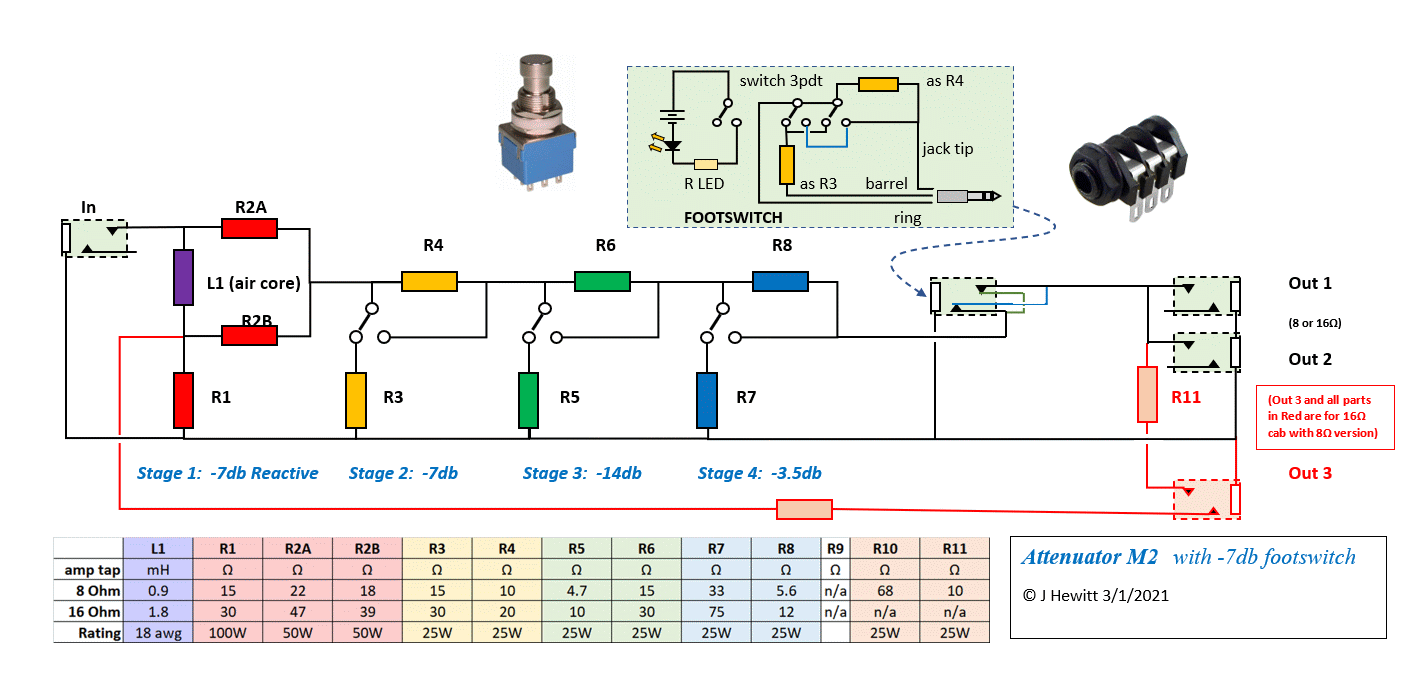Blaoskaak
Active Member
- Joined
- Jun 27, 2020
- Messages
- 170
- Reaction score
- 99
Just giving us a small bump back to our usual place near the front of the workbench! Also, congrats to @Blaoskaak who got his M2 running successfully.
Here's one thing I'm very happy about: 93 pages in and countless builds later, every single build based on this thread that has gone ahead and been reported here, has been a success.
Thanks! I'm very very happy with the attenuator! It really sounds amazing. In fact, it sounds so good that I took the pedals out in between too.
I can shoot some pics when i'm home for the one's who are interested.
Thank you @JohnH too! Without your help it would never worked.


 , CPC are showing Visaton (german) conductors but not the spec on Johns list, can anyone help ? Cheers.
, CPC are showing Visaton (german) conductors but not the spec on Johns list, can anyone help ? Cheers.



